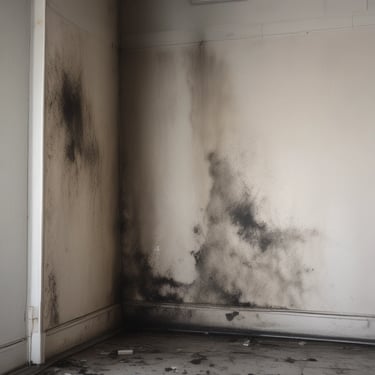email - info@lowenergybuild.com call - 0208 058 8240
fRsi Value - The surface temperature factor
fRsi Value - The surface temperature factor explained. Learn how it helps prevent condensation, mould growth, and ensures healthy, energy-efficient buildings.
MOISTURE CONTROL
10/31/20251 min read


Surface condensation and mould growth are more likely when buildings have high levels of internal humidity and poor detailing of insulation.
Part L specifies how to reduce mould risk in buildings and refers to BRE’s information paper IP1/06. This paper explains how to calculate the surface temperature factor, or fRsi. The fRsi value is the ratio of the lowest internal surface temperature (Ti) to the total temperature difference across the structure (dT or ΔT) under standard conditions. For Ireland and the UK, 20C is used for the internal temperature and 0C for the external temperature.
The higher the fRsi value, the warmer the internal surface under those conditions, and the lower the mould risk on that surface or point. For dwellings, the fRsi value must be at least 0.75. This means the coldest surface temperature in a dwelling can be 15C, with a temperature difference of 20C.
At 20C and 60% RH inside, 15C is the surface temperature where RH reaches 80%. This is the threshold for mould to start growing hence the 0.75 ratio.
Get in touch
0208 058 8240
info@lowenergybuild.com


